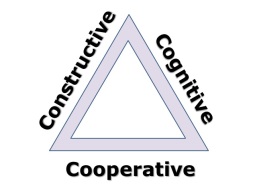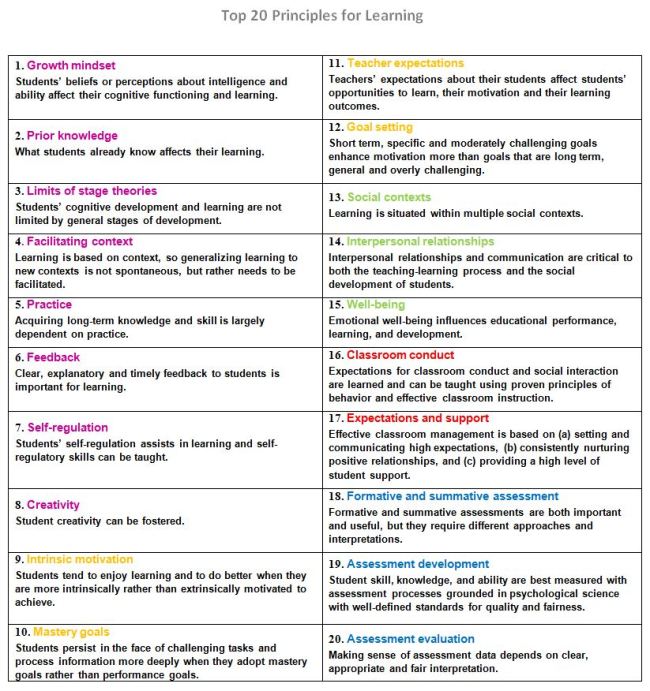Engaging in a dialogue is essential for learning. Knowledge construction (=learning) cannot occur in a vacuum, but happens in interactions [1]. Too often we think that all classroom discussions equal dialogue. They do not.
Conversation and discussion are very broad concepts to describe (educational) interactions. Debates are more specific interactions for presenting and supporting an argument, a genre of dialogue focusing on challenging assumptions and knowledge. Argumenting discussion can objectify a perspective thus supporting reasoning and understanding [2]. It is still a discussion, not a dialogue.
Classroom dialogue refers to the productive interactions that support students’ deeper learning in the classroom. It is not about winning an argument, but helping students to understand the concepts and construct the meaning of the topic to be learned. Similarly, classroom dialogue is not about an “inquiry” where students will end up in predetermined conclusion. The traditional classroom talk in the form of IRF (initiation-response-feedback/follow-up) or IRE (initiation-response-evaluation) is definitely not about engaging in dialogue, because the range of acceptable answers is very limited. These closed questions reflect behaviorist-objectivist ideology of education where the knowledge is transmitted to students, and their learning is tested with questions and tests. Well-crafted IRF can lead students “through a complex sequence of ideas” [3], but does it really contribute to the productive interactions that help students to engage in deeper learning and craft individual understanding and transferable knowledge based on the information they received during the discussion?
Dialogue is collaborative meaning-making by nature. It is about equal participants engaging in an attempt to understand the viewpoint of other(s) and defining the meaning in the social setting. Such dialogue is about creating new understanding together, and in that sense it denotes very constructive ideas of learning. Dialogue is very tightly tied to the classroom values and teaching/learning dispositions. In a safe learning environment, where students dare to ask questions and challenge their own beliefs, dialogue can be a very powerful tool for learning.
The essential condition for dialogue to happen is equality. My truth cannot be better than your truth. Dialogue requires openness to rule over the dogma [4], in order to make exploration possible. Sometimes this is a very hard change to make in the classroom situation where the teacher is perceived to be the authority of knowledge. Communicating clearly to students about issues that don’t have one signle correct answer helps students to engage in dialogue with the teacher and each other. Wondering is often the first step in learning.
 Dialogue involves multiple dimensions of the classroom reality. Working with the tensions that occur in classroom setting is important to make dialogue possible. Having a non-punitive assessment system is important for fostering dialogue in the classroom. Risk-taking behaviors are not likely to happen in a learning environment where students get punished for submitting a “wrong answer”. Right and wrong, true and false, are dichotomies that belong to more objectivist pedagogy and official knowledge, and thus are destructive for collaborative meaning-making.
Dialogue involves multiple dimensions of the classroom reality. Working with the tensions that occur in classroom setting is important to make dialogue possible. Having a non-punitive assessment system is important for fostering dialogue in the classroom. Risk-taking behaviors are not likely to happen in a learning environment where students get punished for submitting a “wrong answer”. Right and wrong, true and false, are dichotomies that belong to more objectivist pedagogy and official knowledge, and thus are destructive for collaborative meaning-making.
Focusing on concepts instead of details is a viable way to start using the dialogue in the classroom. It is a great way to help students get engaged in their own learning process. My favorite definion of dialogue is the following: “Dialogue is about engagement with others through talk to arrive at a point one would not get to alone” . This engagement is easy and enjoyable! It must be fostered in all education!
🙂
Nina
[1] Illeris, K. (2018). A comprehensive understanding of human learning. Contemporary Theories of Learning, 1-14.
[2] (direct citation from Littleton & Howe, 2010, p. 108) Littleton, K., & Howe, C. (Eds.). (2010). Educational dialogues: Understanding and promoting productive interaction. Routledge.
[3] (direct citation from Littleton & Howe, 2010, p. 4) Littleton, K., & Howe, C. (Eds.). (2010). Educational dialogues: Understanding and promoting productive interaction. Routledge.
[4] (direct citation from Littleton & Howe, 2010, p. 172) Littleton, K., & Howe, C. (Eds.). (2010). Educational dialogues: Understanding and promoting productive interaction. Routledge
[5] (direct citation from: Lodge, 2005, p. 134) Lodge, C. (2005). From hearing voices to engaging in dialogue: Problematising student participation in school improvement. Journal of Educational Change, 6(2), 125-146.













